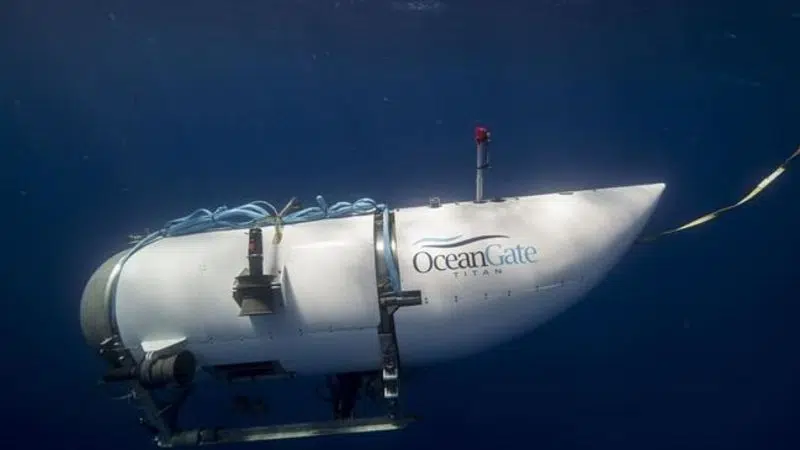
Pricey Titanic wreck tours hope to bring new life to a century-old story
ST. JOHN’S, N.L. — Adventure tourists with money in the bank have a new bucket list travel item: a spot on a submarine diving 3,800 metres down to the rusting remains of one history’s most iconic shipwrecks.
Week-long expeditions to the Titanic are set to depart from St. John’s, N.L., this June, in the first manned surveys of the decaying vessel since 2005.
A ride on the aptly named Titan submarine costs just over $168,000 per ticket.


